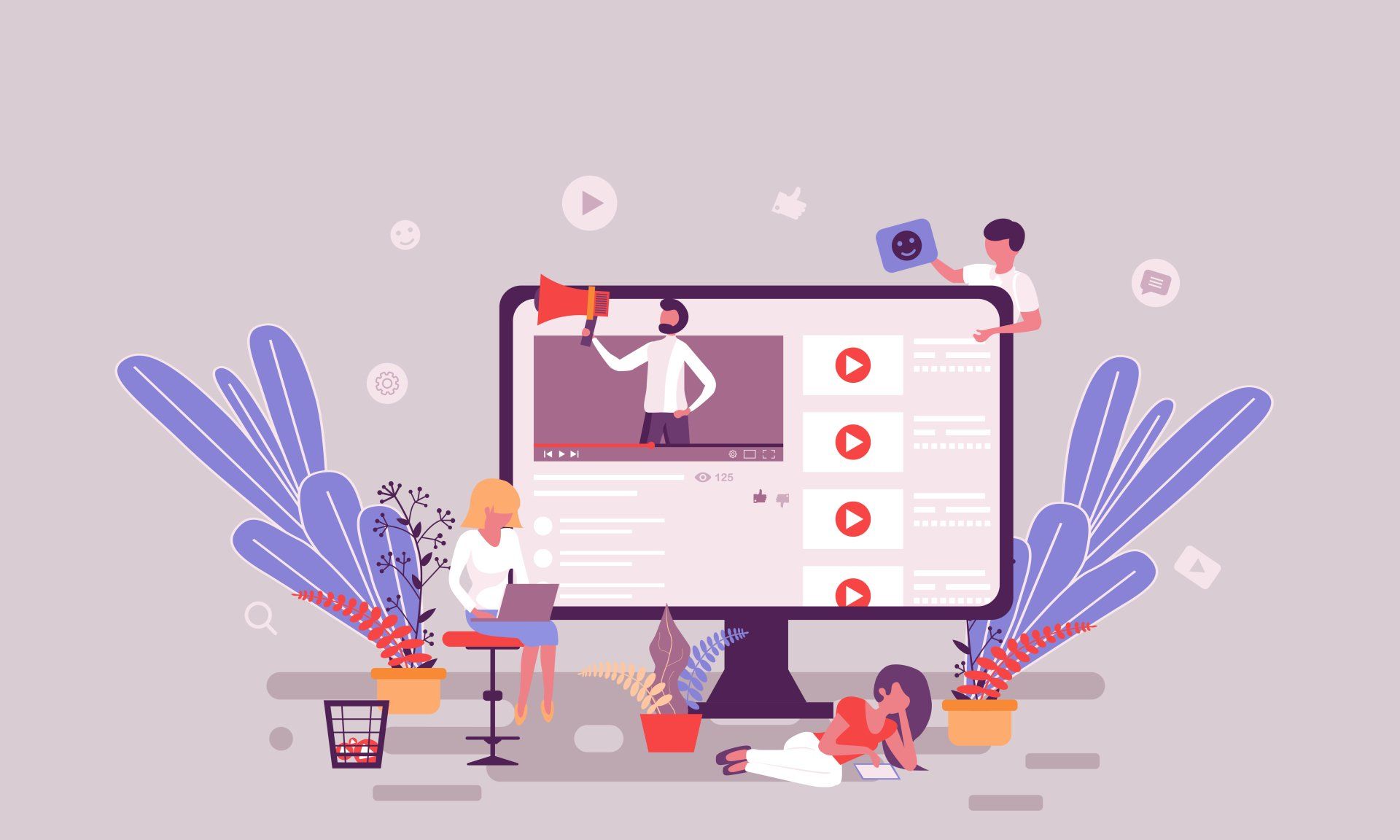Google Ads tips to make your campaigns more profitable
Spending money on advertising your products or services to your target audience is always a good idea.

Longtail keywords
Keywords are essential to setting up and targeting your Google Ads, but don’t always go for the obvious ones. It’s tempting to use keywords with a high search volume, but the traffic they bring won’t always be the quality traffic you need. If your keywords are too broad or too vague, Google will show your ads to the wrong people – meaning fewer clicks and a higher proportional spend for you.
But using longtail keywords – phrases of three to five words – is where you can make the real gains. Longtail keywords have a lower search volume, but will bring a much more targeted audience to your site. These are the people who are specifically looking for what you have to sell. This means they are far more likely to buy, which also means a much lower cost-per-click for you.
Use your competitor’s keywords
Your competitor doesn’t have a monopoly on certain keywords. In fact, you should run ads based on your competitor’s keywords because targeting them can actually give a really good return on your own investment.
If someone is specifically searching for your competitor, that is a very targeted search for a specific product or service. If you are offering something similar and targeting the same keywords, you will come up in the searches too and it is likely that a potential customer will also be interested in your product or service.
Use a tool like Neil Patel’s Ubersuggest to see which keywords your competitors are ranking for and getting traffic for. You can even target your competitor’s brand name as a keyword as an easy way to generate more sales for your own business. Due to trademarking laws, you may not be able to include the brand name in your copy, but targeting it as a keyword can still drive sales for you.
Use exclusions
There are very few products that are designed for everybody, so why advertise to everybody? If you know your products won’t appeal to 18-24s or people with high income – exclude them!
There are lots of different ways to target your ads by excluding categories of people. The more groups of people you exclude, the more focused your ads will be on reaching the right audience for your business. Using exclusions means you are spending your money wisely on people who are more likely to become customers.
Target a lower position in searches
This may seem to go against all of your instincts, but there is sense in not aiming for the top three positions on searches.
Many people aren’t ready to buy on their first search – and that will be when they look at the top three ads which come up on searches. When they come back later, with the intention of going ahead with a purchase, they are ready to research further, which means looking at the ads appearing in fourth, fifth or even lower in the rankings.
At this point, they know exactly what it is they want to buy and are more likely to opt for your product or service. Just as importantly, by avoiding the top spots and these initial searches, you haven’t spent money on clicks which haven’t converted to sales.
Use locations
You can target your Google Ads for different locations. This is especially important if you have a physical shop or if you only deliver to certain areas.
Test the effectiveness of your adverts by using different locations. So you could try ‘Gloucestershire’, ‘Cheltenham’ or ‘South West England’ as different options.
You can target location in your ad campaign either by using a location as a keyword eg ‘Worcestershire’ or by setting a radius - which could be five miles, 100 miles or more from your location, depending on the nature of your business. Or you could even use both.
Test the different ways of setting your location to see which gives you the best return on your investment. By doing this, you will eliminate people who would never have become customers in the first place.
Remarketing
You know when you search for a product or company online and then its ads seem to follow you around the internet for days afterwards? That’s remarketing. A potential customer has already shown an interest in your business or your product, so it makes sense to target them more than a more general audience.
So set up specific Google Ads campaigns for people who have already visited your site at least once before. They have shown they are interested in your products and services, so a remarketing ad may be all it takes for them to take the next step and buy from you.
Add extensions to your ads
Extensions are a way of supplementing your advert with additional information at no extra cost. This can help with targeting the right people at the right time.
You can add a whole range of extra information to your ads with extensions, including information about specific pages on your site, product details, your phone number or any special offers you have running.
According to Google, adding extensions to your ads can increase click-throughs by 10 to 15%.
Track your performance
It is essential to track the performance of your Google Ads, so you can see what works and what doesn’t.
UTM codes are an easy way of tracking how well your ads are doing. These codes can be added to the end of any URL to track clicks and performance of your marketing activities.
Once you add the UTM code to your campaign’s URL, you can track its performance in Google Analytics. You don’t need to be a developer to create the UTM codes yourself, even someone with limited technical skills can easily create a code for a page in seconds using Google’s URL builder tool.
It is easy to get started with all of these tips.
By implementing them, you should see an increase in customer spend and a proportional reduction in your own spending on Google Ads.
More Posts.







